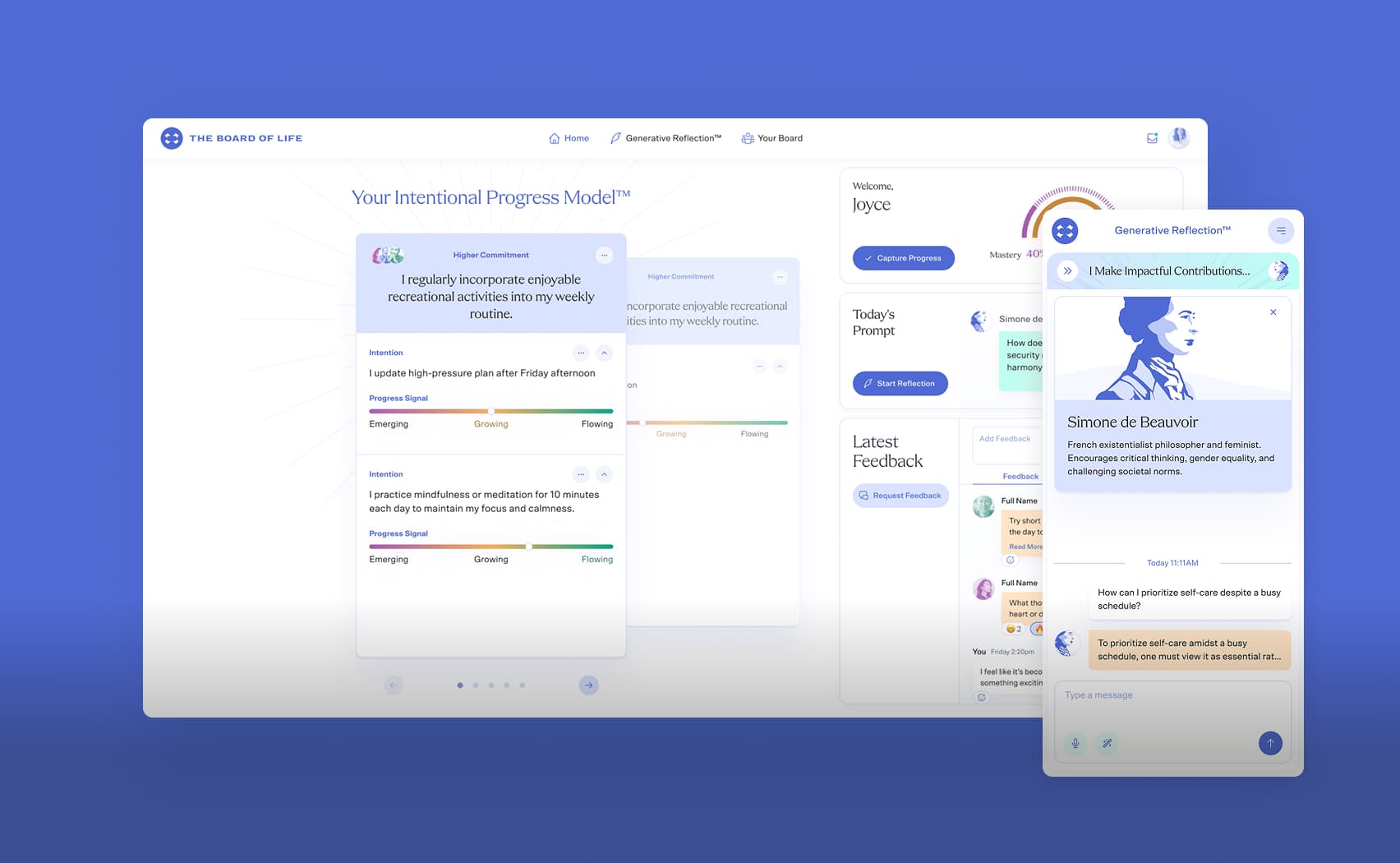How to add HTTP Basic auth to Amber application
As you already may know, one of our projects have a Crystal application in production. It is created with Amber framework and works just perfect.
The only thing that I don't personally like in Amber is not clear and sometimes outdated documentation, after about 11 years with Rails I still think that Rails Guides are the number one developer documentation in the world.
I had a task to add HTTP Basic auth to a couple of URLs in Amber application, and after studying documentation found that Amber doesn't provide necessary Pipe out of the box. Ok, next place to search for the answer was Gitter and after about an hour Dru Jensen helped me with a code example.
Amber uses internally HTTP::Handler for Pipes as well as Kemal does for Middlewares, so we can easily use code from Basic Auth for Kemal.
# src/pipes/http_basic_auth_pipe.cr
require "crypto/subtle"
class HTTPBasicAuthPipe
include HTTP::Handler
BASIC = "Basic"
AUTH = "Authorization"
AUTH_MESSAGE = "Could not verify your access level for that URL.\nYou have to login with proper credentials"
HEADER_LOGIN_REQUIRED = "Basic realm=\"Login Required\""
property credentials : Credentials?
def initialize(@credentials : Credentials)
end
def initialize(username : String, password : String)
initialize({ username => password })
end
def initialize(hash : Hash(String, String))
initialize(Credentials.new(hash))
end
def initialize
if ENV["HTTP_BASIC_USERNAME"]? && ENV["HTTP_BASIC_PASSWORD"]?
initialize(ENV["HTTP_BASIC_USERNAME"], ENV["HTTP_BASIC_PASSWORD"])
end
end
def call(context)
if credentials
if context.request.headers[AUTH]?
if value = context.request.headers[AUTH]
if value.size > 0 && value.starts_with?(BASIC)
return call_next(context) if authorized?(value)
end
end
end
headers = HTTP::Headers.new
context.response.status_code = 401
context.response.headers["WWW-Authenticate"] = HEADER_LOGIN_REQUIRED
context.response.print AUTH_MESSAGE
else
call_next(context)
end
end
private def authorized?(value)
username, password = Base64.decode_string(value[BASIC.size + 1..-1]).split(":")
credentials.not_nil!.authorize?(username, password)
end
class Credentials
def initialize(@entries : Hash(String, String) = Hash(String, String).new)
end
def authorize?(username : String, given_password : String) : String?
test_password = find_password(username, given_password)
if Crypto::Subtle.constant_time_compare(test_password, given_password)
username
else
nil
end
end
private def find_password(username, given_password)
# return a password that cannot possibly be correct if the username is wrong
pw = "not #{given_password}"
# iterate through each possibility to not leak info about valid usernames
@entries.each do |(user, password)|
if Crypto::Subtle.constant_time_compare(user, username)
pw = password
end
end
pw
end
end
end
And in routes.cr:
# ...
pipeline :api do
# ...
plug HTTPBasicAuthPipe.new
end
# ...



